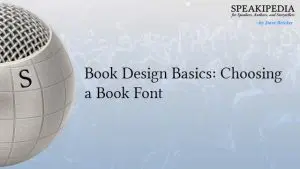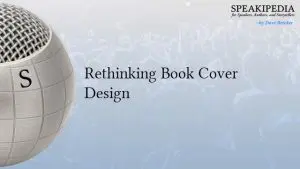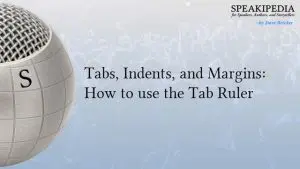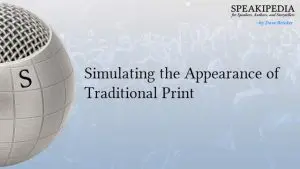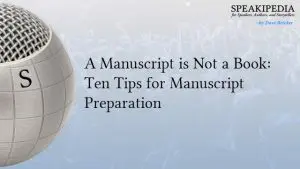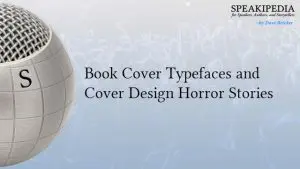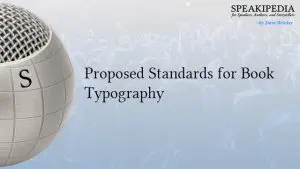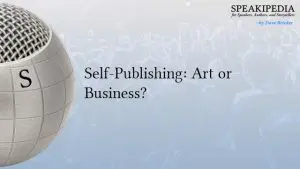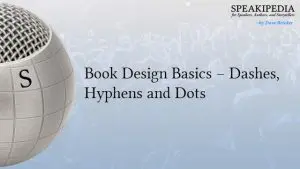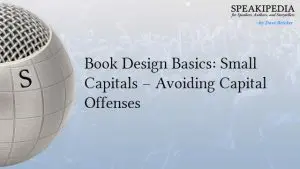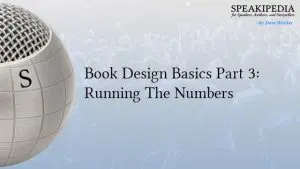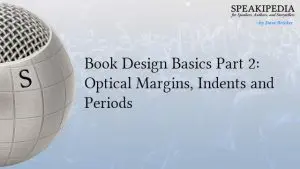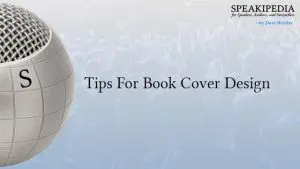Tag Archives: typefaces
A Story of Steve Jobs, Creativity, Balance, and Success
“People from technology don’t understand the creative process … companies go through to make their products, and they don’t appreciate how hard it is. And the creative companies don’t appreciate how creative technology is; they think it’s just something you … More ☛
About The Influencer Tools
The Speakipedia Influencer Tools are based on careful study of story structures. It’s easy to ask AI to “write a story” or “create an introduction for my next speech,” but unless we provide specific information and careful instructions, the AI … More ☛
Book Design Basics: Choosing a Book Font
Selecting a book font seems simple enough, but important subtleties and fine points of typography are not obvious to the average writer. This article offers insights into fonts suitable for book typography. Though it won’t turn the average author into … More ☛
Rethinking Book Cover Design
Book cover design tells the story of the story. It must convey the spirit and intentions of the author authentically, and it also has a few practical chores to perform. If a book cover design is to accomplish these things … More ☛
Publishing Advice – Practices & Principles
The following publishing advice is based on my own experiences and those of my clients. I hope you find it valuable and encouraging, even if it changes your expectations. I’ve written and published 12 books. I’ve guided many remarkable people … More ☛
Tabs, Indents, and Margins: How to use the Tab Ruler
This article explains the tab ruler found on every word processor and typesetting application. Understanding the simple and elegant split ruler and tab functions opens up a world of formatting opportunities. Digital typesetting and word processing inherited a number of … More ☛
Simulating the Appearance of Traditional Print
Digital typography offers capabilities that printers working with hot lead type and wood type could only dream of. Digital type can be stretched and resized infinitely, justified within unusual boundaries, or wrapped around almost any shape. And yet, traditional letterpress … More ☛
A Manuscript is Not a Book: Ten Tips for Manuscript Preparation
In my work with writers, I come across many common technical problems with manuscripts. These usually spring from the best of intentions as the writer attempts to create the feel of the finished book within the manuscript. Though they’re trying … More ☛
Book Cover Design: Judging a Book by its Cover – Part 2
Part 1 of Book Cover Design: Judging a Book by its Cover critiqued “professional” covers taken from Amazon’s Editor’s choice list. Read that article first as it provides background for this one. The article looked at design elements that worked … More ☛
Book Cover Typefaces and Cover Design Horror Stories
I recently responded to a question in a writers’ forum from an author who was in the process of designing a cover for her novel set in a swamp in New Orleans. “I chose a ‘swampy’ font that hangs down … More ☛
How Many Spaces After a Period? Ending the Debate
Few subjects arouse more passion among writers and designers than the debate over how many spaces should follow a period. If you adhere to a style manual, you’ll be hard-pressed to find one that doesn’t specify a single-space. Chicago and … More ☛
Book Cover Design: Judging a Book by Its Cover – Part 1
Nothing screams “amateur” like a poorly crafted book cover. The standards for book design aspired to by trade publishers are not all that high, but self-publishers routinely fall short of them. If you want your book to be taken seriously, … More ☛
Proposed Standards for Book Typography
The word processor has placed new burdens on writers to understand how to use italics, big and small capitals, dashes, hyphens, initials, etc. Writers who do their own typesetting often produce mediocre results. Likewise, trade publishers sacrifice typographic aesthetics when … More ☛
Self-Publishing: Art or Business?
The very idea of “book marketing” is vague. It’s like subsuming advertising and fine art sales into a single realm of “image marketing.” And in tacking marketing on as the de facto second phase of writing a book, a lot of worthy artists’ resources are placed in jeopardy.
More ☛Book Design Basics – Dashes, Hyphens and Dots
This section on dashes, hyphens and dots goes beyond typographic aesthetics to explore how we can communicate more effectively as writers. The subtle intricacies of hyphens and dashes affect all authors whether they typeset their own books or not. Knowing … More ☛
Book Design Basics: Small Capitals – Avoiding Capital Offenses
Use of Small Capitals—uppercase characters designed at lowercase scale—is one aspect of writing and book design that isn’t taught in grammar school. We all know every sentence begins with a capital letter and ends with a period. We all should … More ☛
Book Design Basics Part 3: Running The Numbers
Part 3 of Book Design Basics explores better ways to present numbers on your pages. Numbers (called figures) look simple at first glance, but they present interesting typesetting challenges. Many digital typefaces offer several number styles but few designers know … More ☛
Book Design Basics Part 2: Optical Margins, Indents and Periods
Part 2 of Fundamentals of Book Design explores optical margins, paragraph formatting and spaces. Read about margins, layout and leading in Part 1. The self-publishing revolution is (aside from the Internet) the greatest thing ever to happen to freedom of … More ☛
Tips For Book Cover Design
Most book designers make the same errors. One sore spot for me and with many of my university design students, is typography.
More ☛Sound Advice for Writers & Publishers
The following advice on writing and publishing is based on my own experiences and those of my clients. I hope you find it valuable and encouraging, even if it changes your expectations. I’ve written and published twelve books, and I’m … More ☛





